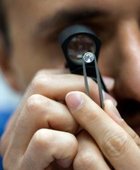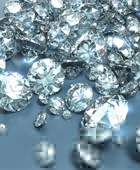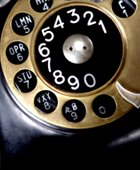Introduction: The Importance of Diamond Grading in the Gem Trade
Diamond grading is one of the most crucial components of the gemstone industry, providing a standardized and scientific framework to assess the quality, value, and desirability of a diamond. For both buyers and sellers, understanding diamond grading is essential to making informed decisions. Without a clear understanding of the criteria and processes behind diamond assessment, stakeholders risk misinterpreting a diamond’s value or authenticity. The diamond grading system exists to eliminate ambiguity by providing measurable attributes based on empirical observations and technical analysis. This promotes transparency and confidence in the marketplace, allowing fair pricing and quality assurance. Diamond grading is not a subjective art; it is a science driven by rigorous standards and technological methods. From magnification analysis to spectral imaging, modern grading laboratories employ a range of tools and procedures that ensure a consistent evaluation of diamonds globally. For those involved in purchasing or selling diamonds—whether for investment, retail, or personal use—it is imperative to grasp how grading works, who conducts it, and what each grade truly signifies.
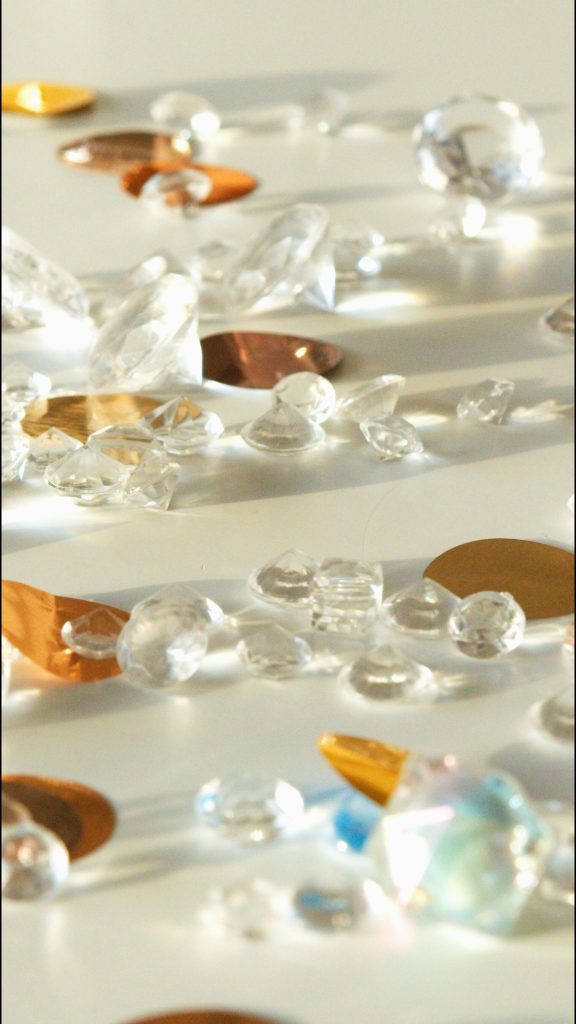
The 4Cs of Diamond Grading: Cut, Color, Clarity, and Carat Weight
At the core of diamond grading lies the universally recognized system known as the 4Cs: Cut, Color, Clarity, and Carat Weight. Developed by the Gemological Institute of America (GIA), this framework provides a comprehensive approach to evaluating diamonds by examining the four most influential factors that affect their appearance and value. “Cut” refers to how well a diamond’s facets interact with light; this is not about the shape (such as round or princess) but the quality of the angles, symmetry, and proportions. The cut grade directly impacts a diamond’s brilliance, fire, and scintillation. “Color” evaluates the presence of body color in a diamond, typically ranging from D (colorless) to Z (light yellow or brown). The less color a diamond has, the higher its value in most cases. “Clarity” assesses the presence of internal inclusions and surface blemishes, using a scale from Flawless (FL) to Included (I3). Finally, “Carat Weight” measures the physical weight of a diamond, with each carat equivalent to 200 milligrams. While carat weight impacts price, it does not alone determine quality. The interplay of all 4Cs is what ultimately defines a diamond’s overall grade and market worth.
Diamond Grading Laboratories: Ensuring Objective Evaluation
Accurate and impartial diamond grading relies heavily on professional laboratories that follow strict protocols and use advanced equipment to evaluate stones. Among the most respected grading institutions are the GIA (Gemological Institute of America), AGS (American Gem Society), IGI (International Gemological Institute), and HRD Antwerp. These laboratories offer independent assessments that provide detailed reports about a diamond’s characteristics based on the 4Cs and additional metrics. A reputable laboratory report not only enhances the trustworthiness of the transaction but also serves as a legal and financial document of authenticity. Grading is conducted in controlled environments, with diamonds subjected to various tools such as microscopes, UV light, spectroscopy devices, and proportion analyzers. To maintain objectivity, many laboratories perform “blind grading,” where gemologists are unaware of previous evaluations or ownership details. Additionally, multiple graders may assess the same diamond independently, with discrepancies resolved through review processes. Buyers and sellers should always request certification from trusted labs, as uncertified stones or certificates from lesser-known labs may reflect inconsistent standards or biased valuations.
Advanced Technology in Modern Diamond Grading
Technological advancements have significantly improved the accuracy, repeatability, and objectivity of diamond grading. Traditional tools like 10x magnification loupes and microscopes are now complemented by sophisticated instruments such as optical proportion scanners, UV-VIS-NIR spectrometers, and photoluminescence analysis systems. These technologies allow gemologists to detect subtle color tints, inclusions, and even treatments or synthetic origins that may not be visible to the naked eye. For example, colorimeters can evaluate subtle hues with precision, helping to classify diamonds in the near-colorless to faint-color range with much greater accuracy than visual inspection alone. Scanners like the Sarine Light or Helium Polish provide three-dimensional modeling of a diamond’s cut, allowing for comprehensive analysis of its symmetry, facet angles, and light performance. Spectroscopic methods are also used to detect whether a diamond is natural or lab-grown, and to determine if enhancements like laser drilling or fracture filling have been applied. By incorporating such innovations, grading labs are able to deliver more consistent and data-driven results. This technological evolution benefits buyers and sellers by reducing subjective variability and enhancing confidence in grading outcomes.
The Role of Fluorescence in Diamond Grading
One of the lesser-known but scientifically important aspects of diamond grading is fluorescence. This refers to the visible light emitted by a diamond when exposed to ultraviolet (UV) light, commonly observed as a blue glow. Fluorescence is evaluated on a scale from “None” to “Very Strong,” and its presence can influence both the appearance and market value of a diamond. In some cases, strong fluorescence can give a diamond a hazy or oily look under certain lighting conditions, especially if the stone is already in the lower color grades (such as J or K). However, in near-colorless or slightly tinted diamonds, mild to medium fluorescence can sometimes improve the perceived whiteness of the stone. Scientifically, fluorescence occurs due to the presence of trace elements like boron or nitrogen in the diamond’s crystal lattice. While fluorescence does not impact the diamond’s structural integrity or durability, it remains a relevant characteristic in the grading report and can affect buyer perception. Sellers should be prepared to explain this property to buyers, particularly when strong fluorescence is noted, as it may require additional consideration when determining pricing or aesthetic appeal.
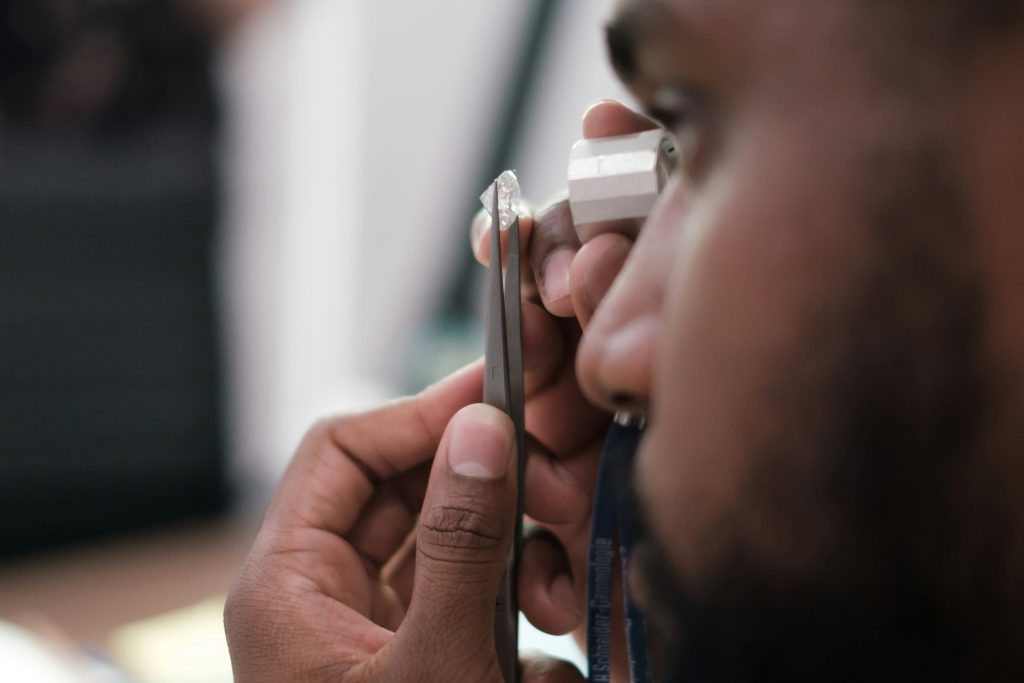
Understanding Grading Discrepancies and Market Implications
Despite the use of scientific tools and standardized criteria, diamond grading is not entirely free from variation. Discrepancies can occur between different laboratories, and even within the same lab over time. Slight differences in color or clarity assessment are not uncommon, particularly in borderline cases where a diamond falls between two grades. This can have significant market implications, especially since a single grade shift can affect the value of a diamond by hundreds or thousands of dollars. These inconsistencies stem from both the technical limitations of human visual perception and the slight subjectivity that still exists in certain grading aspects. Buyers and sellers should be aware that no grading report is infallible, and it is not unusual for a diamond to be regraded and receive a different evaluation. For high-value transactions, it is often advisable to seek a second opinion or to work only with stones that have been graded by top-tier labs with strict consistency protocols. Understanding the potential for grading variance helps both parties set realistic expectations and prevents disputes over value based on differing interpretations.
Synthetic and Treated Diamonds: Grading Considerations
Another critical area in diamond grading involves the identification and classification of synthetic (lab-grown) and treated diamonds. Synthetic diamonds have the same physical, chemical, and optical properties as natural diamonds but are created in controlled laboratory environments using methods such as High Pressure High Temperature (HPHT) or Chemical Vapor Deposition (CVD). While they are graded using the same 4C framework, reputable labs clearly label them as “laboratory-grown” and often include additional information about the growth method and any post-growth treatments. Treated diamonds, on the other hand, are natural diamonds that have undergone processes to improve their clarity or color—such as laser drilling, fracture filling, or high-temperature annealing. These treatments must be disclosed in the grading report, as they can significantly affect the stone’s durability, appearance, and value. Sellers should be transparent about the nature of the diamond being offered, and buyers must understand the implications of treatments or synthetic origin, especially in terms of long-term value and resale potential.
The Impact of Grading on Diamond Pricing
The grades assigned to a diamond directly influence its market value, with even small differences resulting in substantial price fluctuations. A diamond graded G in color may be significantly more expensive than one graded H, even if all other characteristics are identical. This pricing sensitivity is due to the rarity associated with higher grades. Flawless clarity, colorless appearance, and optimal cut are rare, and rarity drives market demand and pricing. However, it is important to understand that not all grades are equally significant from a visual perspective. For instance, the difference between VS1 and VS2 in clarity may be imperceptible to the naked eye, while carrying a noticeable price gap. Therefore, buyers should weigh grading details not only by their technical merit but also by their actual aesthetic impact. Sellers, meanwhile, should price stones competitively by balancing grading precision with market trends. A thorough understanding of how grades interact with pricing allows for more strategic buying and selling decisions, especially when working within budget constraints or investment objectives.
Grading Reports vs. Appraisals: Key Distinctions
While grading reports and appraisals are often used interchangeably, they serve very different purposes in the diamond trade. A grading report—also called a diamond certificate—is an objective scientific document issued by a gemological laboratory that details the diamond’s characteristics, such as the 4Cs, fluorescence, measurements, and any treatments. It does not include any monetary valuation. In contrast, an appraisal is a subjective assessment provided by a jeweler or appraiser that estimates the retail replacement value of the diamond, often for insurance purposes. Appraisals may incorporate current market conditions, retail markups, and brand premiums, and therefore they can vary widely depending on who performs them. Buyers and sellers should not confuse these two documents; while a grading report verifies a diamond’s inherent quality, an appraisal reflects its commercial value in a specific context. For accurate and fair transactions, a diamond should be accompanied by both documents—especially in high-value or investment-grade purchases—ensuring both objective assessment and market valuation are properly addressed.
Best Practices for Buyers and Sellers of Graded Diamonds
For buyers, the key to navigating the diamond market is education and verification. Always request a grading report from a reputable laboratory and take the time to understand what the grades mean in terms of beauty, value, and longevity. Compare multiple diamonds within the same grading range to see which characteristics matter most to your preferences. Use cut grading as a primary indicator of sparkle, and be cautious of diamonds that are heavily discounted due to lower grades or treatments. For sellers, transparency and documentation are crucial. Present all relevant reports and highlight the stone’s strengths while acknowledging any limitations. Ensure that any enhancements or synthetic origins are disclosed clearly to build trust with buyers. In both cases, consider seeking expert guidance, such as from certified gemologists or appraisers, especially when dealing with larger transactions. The more informed each party is, the more equitable and satisfactory the sale or purchase will be.


